MOTOROLA e680...300mhz Xscale PROCESSOR FOR THE MULTIMEDIA NUT IN ALL OF US!!
Been putting Motorola's new e680 MultiMedia Phone through its paces for the last 3 weeks. Seems Motorola is just coming out with more and more POWERFUL & interesting new phones and convergence devices. The e680 is my first experience with the Linux Operating System, an advanced OS similar to the Symbian UIQ and Pocket PC operating systems used by Motorola in other devices as well. While the e680 is very similar in design and appearance to the P800/900 series by Sony/Ericsson, it offers a distinct character and personality all its own when compared the Symbian UIQ devices. In comparing this OS to the Symbian UIQ and Pocket PC convergence devices, I would have to rate its robustness somewhere in between. While I found it to be a more powerful OS than the current Symbian UIQ....it is still not as powerful as the Pocket PC OS in my opinion. It also lacks in the available software department when compared to both Symbian and Pocket PC, but if this OS catches on.....applications are sure to be developed at a rapid pace.
The Motorola e680 is a TriBand GSM phone operating on the 1900/1800/900 frequencies using a Xscale 300mhz processor and approximately 50mb of onboard memory. It supports GPRS data transmission, WAP internet browsing, SMS/MMS and has a 65,000 color TFT touch screen with 3D Stereo Speakers. It has a VGA camera with video capture, bluetooth transfer, Java support, and external memory storage using the SD Memory Card format of up to 1GB. All the bells and whistles of the most powerful convergence devices currently available with the exception of WiFi support.
Device Controls.....
Top of the e680 has the stereo headphone jack, screen lock, and mini-USB port....
At the bottom of the device you will find the SD Card slot...
and stylus holder for the metal and retractable stylus....
Left side locates the volume keys which are not labeled and are highly integrated into the casing almost to the point of being invisible....
While the right side locates the digicam button...
The device casing is made from a very high quality plastic and is painted a dark "indigo" blue with silver accents. Construction is very nice and high quality, but feels much lighter than a comparable P900. In fact, the e680 feels much smaller than the P900 in use...it is very pocketable and light weight. At the center of the device is a large "M" emblem that also acts as the charging indicator and bluetooth transfer status light. Changing from red to green during charge and flashing in blue during bluetooth use...
RF performance is again typical Motorola. The e680 is very good in this area and will not disappoint anyone with its ability to pickup and hold a signal. Battery performance on the other hand was not as good as a P900, but this should be attributed to the Xscale 300mhz processor and 780mAh battery as much as the OS. I found the e680 to be underpowered in this respect considering the demands of its OS and processor. Not that the Linux OS is a power hungry Hog....but more that the performance of the device requires a larger battery. The MpX220 for example uses a 1000mAh battery in a smaller form factor.
Call quality and incoming voice is also very good as are most all Motorola high-end handsets. The Speaker Phone is simply one of the best I've used, along with the RaZr. The 3D Stereo speakers reproducing sound at very high levels.
The e680 is the first device I've used with a touch screen exclusively. I tried the P800 for a few weeks without a keypad but found that I did not care to dial with my fingers on the touch screen as much as using the flipdown keypad. The e680, however, was very easy to use as a phone with ample spacing between the virtual keypad for dialing numbers..
It has four application shortcuts at the top of the screen for accessing "System", "Contacts" "Mail" and "Phone", and is easy to use one-handed by accessing contacts...and then using the 5-way D-pad to scroll through the contacts list for the number you wish to dial. To the left and right of the D-pad are the "Send" and "End" keys respectively. The e680 also has an advanced voice dial program, but I was never able to figure out how to enable it. The device did not come with a manual and I really had limited time with it to explore all its menus and key or button assignments.
The e680 supports Mp3 ringtones, individual ringtones for contacts and photo contacts.
As a phone, the e680 is a top-notch performer and visually a very "Cool Looking" device. It is much smaller than its UIQ and Pocket PC competitiors, and in actual use may appeal more to those who want a pocketable convergence device.
The e680 uses a WAP browser for accessing the internet. Although it is a device that could benefit from a Opera browser like the one used on its big brother the a780, my unit only had the pre-installed WAP browser.. I am sure that a HTML browser could be used from the a780 on this device as well.
Setup with my Tmobile account was simple and intuitive after figuring out that the "profiles" menu was in fact the browser setup menu in the Linux OS. Browsing my favorite site......
The built-in email client was equally easy to setup and use....
MultiMedia Messaging worked flawlessly as well on Tmobile...
Bluetooth transfer between my laptop and other devices was uneventful. Nothing was ever a problem with the e680, I found its bluetooth performance with my BlueSpoon Digital to be very easy to use with the e680 supporting both the headset and handsfree profiles. It transferred large video files easily as well as Mp3 and jpeg files.
The e680 was very easy to use as a WAP enabled device for accessing the internet. Its large beautiful screen made viewing WAP sites fun and entertaining. Sending and receiving email and MMS was equally simple and satisfying. The Linux OS really does a good job in these areas, and I did not find the menus or layout wierd or hard to understand. Touch screen input with the stylus was positive and responsive with no lag or mistaken input.
This is the true focus of this device. A Video, Mp3 Player and Gaming Machine. It uses the Xscale processor to great advantage in rendering video and 3D Java games with a smoothness and detail I have not experienced before in a convergence device. Although my iMate will playback encoded movies just like a DVD player...it is not capable of playing the Java games that are used on the e680. Forget trying to get this kind of performance from UIQ in either the P910/900. Nothing can makeup for clock cycles...and the e680 simply smokes the Symbian offerings at this time.
The e680 comes loaded with tons of games preinstalled. Some of them are in Chinese and I did not try to play them, some of them were GPRS games that I did not understand, and some of them were not only very American, but fun for me to play....All of them though were extremely pretty to look at on the screen. Highly responsive, and very "Playable"...
Evel Knievel...
Motorola BasketBall...
S.W.A.T.....
The e680 plays Mpg4 files using the bundled "RealPlayer".... Playback on the screen is very smooth and easy. High bit-rate movies can be easily played due to the processor speed and available RAM of the device....
Stereo Sound is played through the e680's stereo speakers or the provided stereo headset....
Use of the SD card will enable the user to store tons of Mp3 songs or up to 10 full length movies on one 1GB card for playback at any time.
The e680 contains a VGA camera with 8X Digital Zoom and video capture ability as well...
Photo quality was very good in my opinion for a device of this type...
With 8X Zoom....
With a 300mhz Xscale processor, advanced Java and 3D gaming engine, 3D stereo speakers, 65K touch screen, and 1GB of external storage available.....there is no question that the e680 is intended as a MultiMedia Player/Phone. It renders video and games as well as a super powerful Pocket PC, but is half the size..
The e680 also comes with some special features and software that will make its new owner happy as well as entertained. First of all, the e680 has a built-in FM radio...
Like the Sony/Ericsson K700i/S700i it requires you to plug the stereo headset in before it will operate. The headset wire acting as an antenna. You can then switch the sound to be played through the 3D stereo speakers if you wish. The radio worked great and is a cool option to the person who may tire of their onboard Mp3 collection or just wants to hear some sports, news or weather information.
The e680 comes with a USB synch program called "EzxSynch"..
It synchs your contacts, calander and other info with Outlook, Lotus, and other applications. You begin by starting the program on your computer and then you must also initiate synch from the e680.....
I could never get this program to synch with the e680 no matter how many times I tried. Apparently, the "translators" were not properly loaded into the program, but I could never figure out how to set it up. It may very well have been this operator's error or it could have been conflicting with my ActiveSynch or P900 PC Suite. Regardless, the drivers for the e680 loaded and my laptop would recognize and charge it while connected via USB.
No contacts, calander, or tasks for me....
The e680 also comes bundled with a GPRS Manager program....
But by far the most entertaining and fun software included with the e680 is the "e680 Theme Assistant"...
This program allows you to customize your e680 with themes of your own design and creative desires. It allows you to set the wallpaper, background, icon & text colors, startup and shutdown animations, ringtones, etc...from any thing your heart desires. I created my own theme using my photos, a background from a Microsoft XP example photo and ringtones and gif images I had stored on my computer in about 2 minutes... It actually looks pretty good to me...but those more talented and theme inclined could really enjoy themselves with this device and program for hours.
My theme's background in the menu....
My wallpaper....
The e680 is the first Linux OS device I have ever used. I found it to be extremely stable and a powerful performer as both a phone and MultiMedia Device with particular emphasis on 3D Java Games. Its 300mhz Xscale processor simply eats up Mpg4 video rendering with an insatiable appitite for Java Games. 50mb of onboard memory coupled with an external storage capacity of 1GB makes this device ideal for people who like to carry alot of Mp3s and video, or video games for entertaining themselves away from class or work. The built-in stereo speakers and included stereo headphones make the pictures come alive in games or video.
Phone performance is great as you would expect in a high-end device of this type. My only concerns are the following......
a. Battery Life.. a 780mAh battery with a 300mhz Xscale processor is not enough. Although the battery life was fine when using the e680 as a phone only...beginning to use the Java games and PDA functions of the phone would soon drain the battery. Be sure to get a car charger for it.
b. The USB synch program did not work for me. This could be my own fault or a conflict with the other synch software I have installed on my computer. Nevertheless, I do not like the idea of starting the synch program on the computer....and then having to start synch from the the e680 itself at the same time. Its not elegant and simple...and thats not good software...
c. Lack of Linux applications at this time. The e680 would benefit from a HTML browser application like Opera for Symbian and other Symbian apps such as Worldmate, HandyDay, etc.
All in all though, this is one impressive little device for the Multimedia Nut!! If you like music, games and video and the ability to highly customize your device like no one else's....this may very well be your device.
CreditsThis review has been edited and published with permission from the original author - Mark Morrow
(BengalBoy).


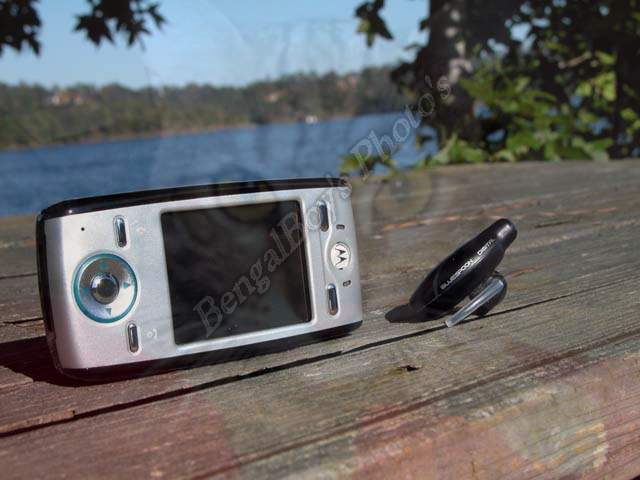
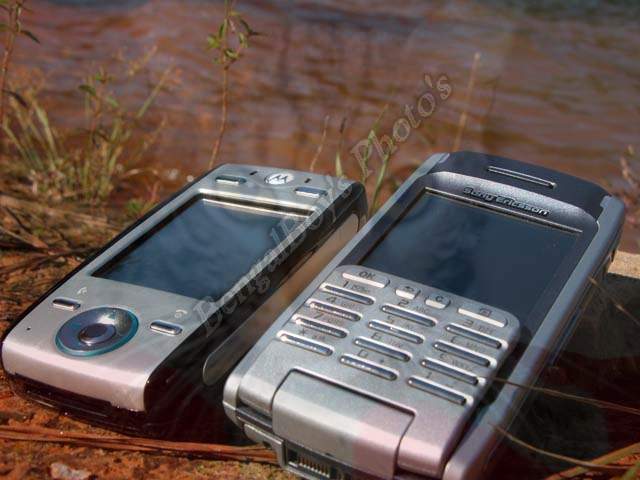
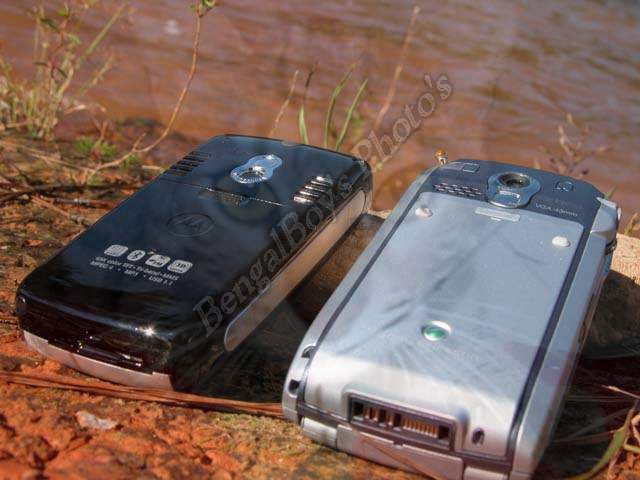
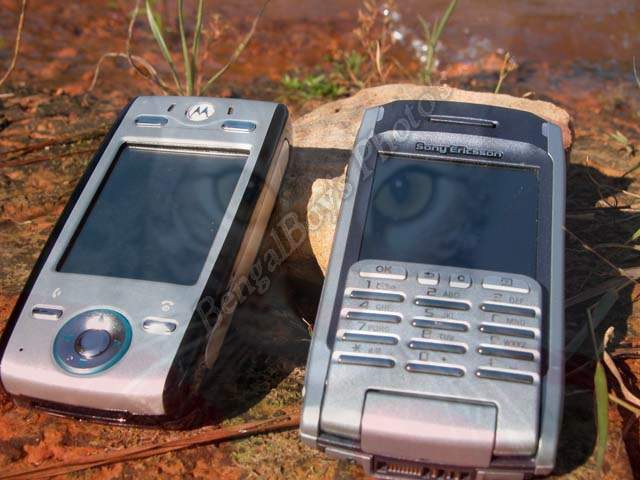
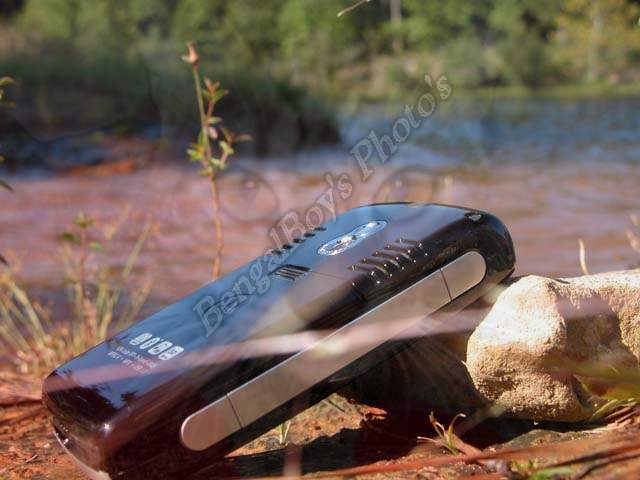
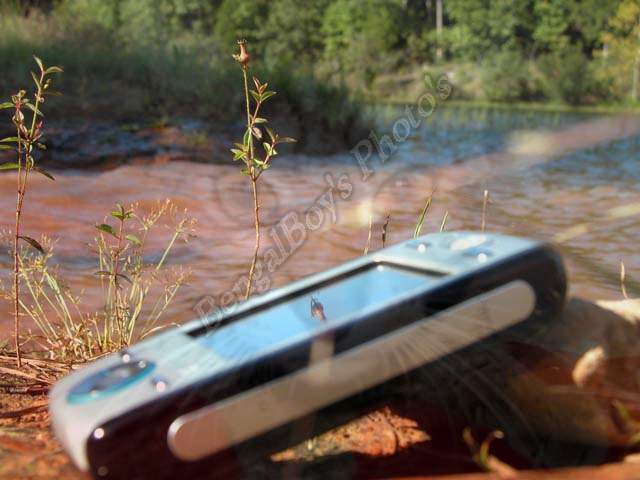
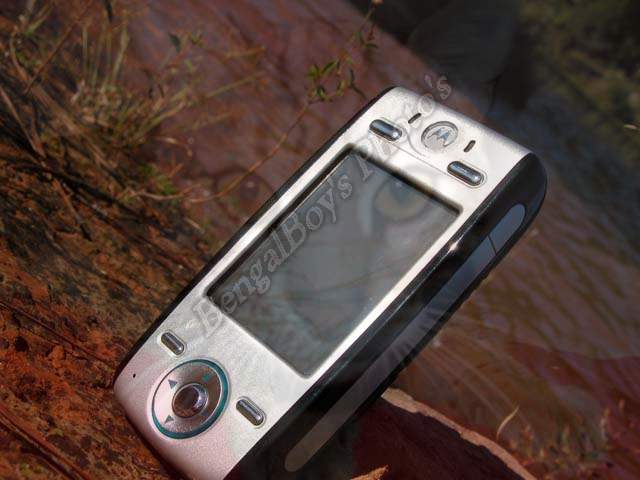
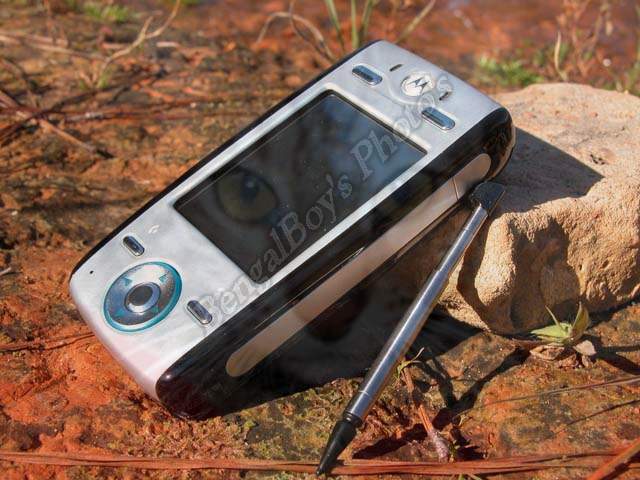
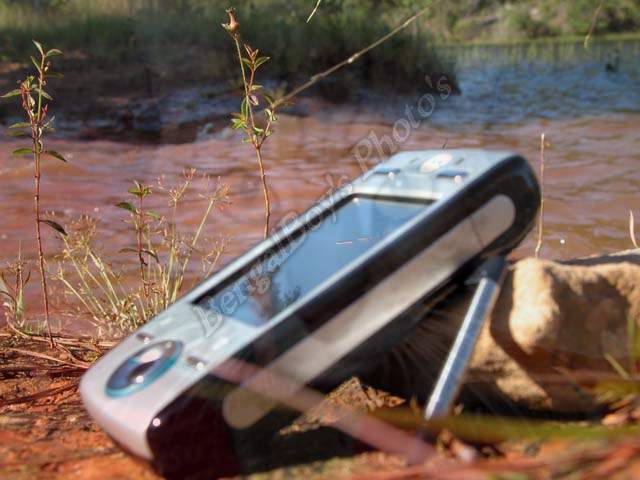
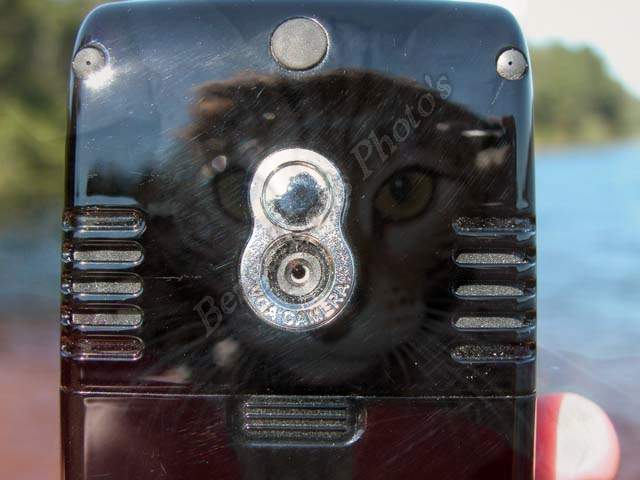
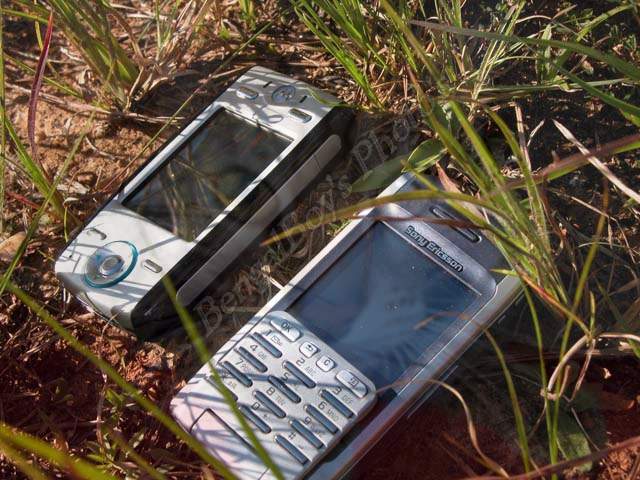
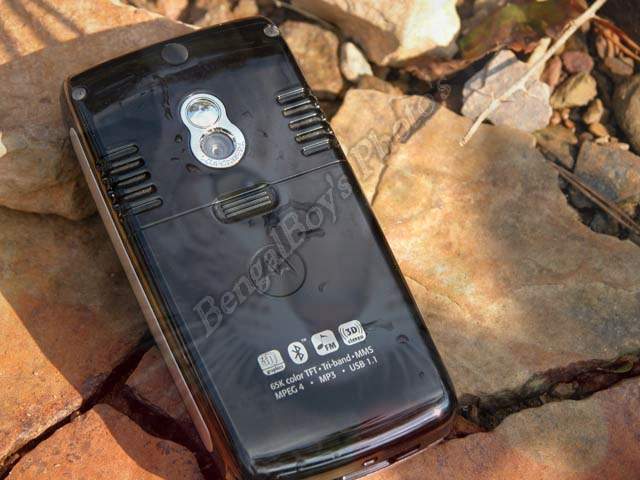
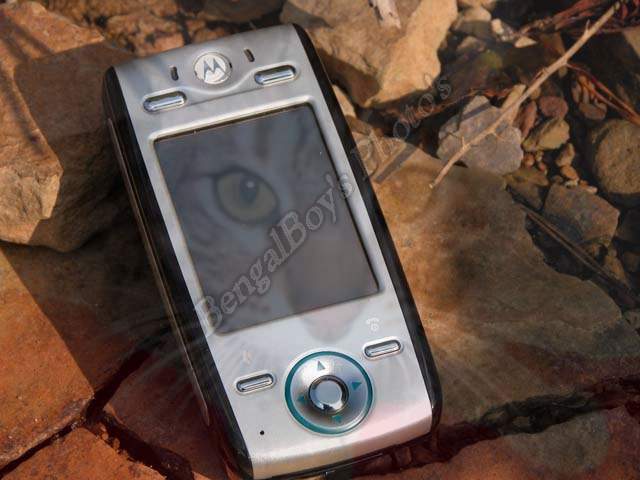
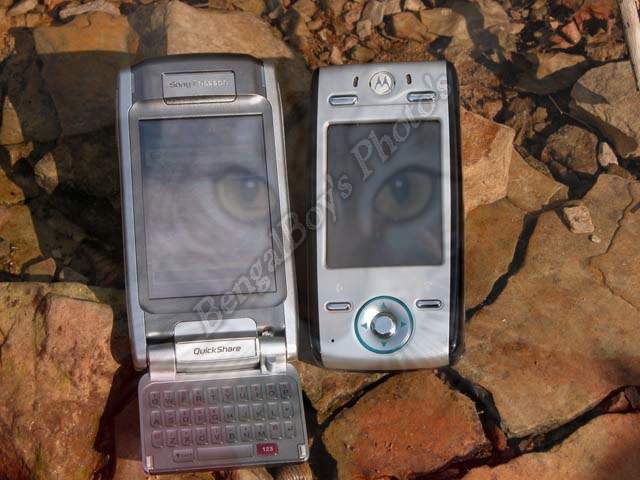

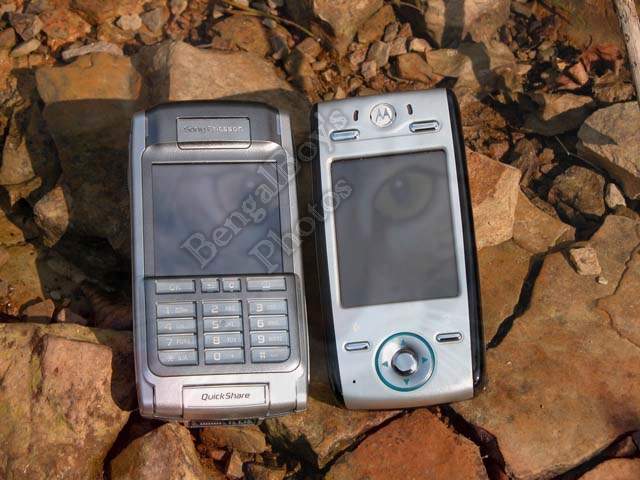
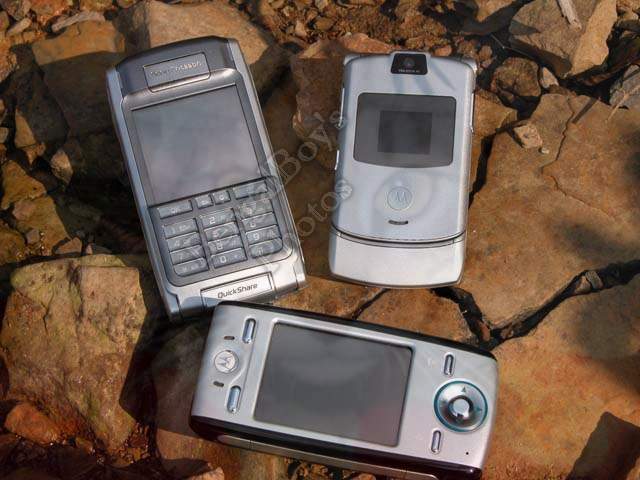
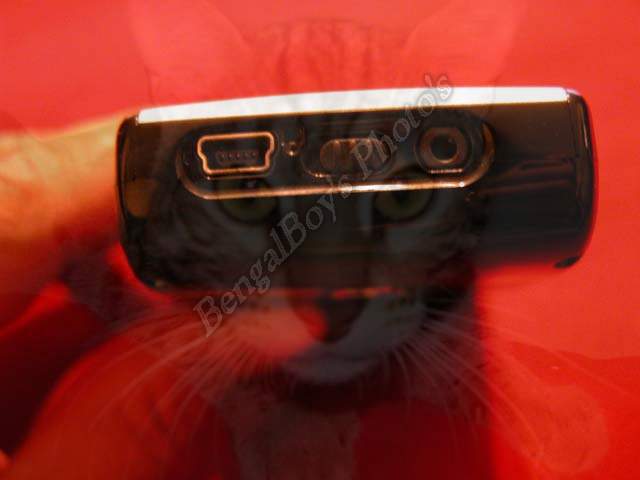
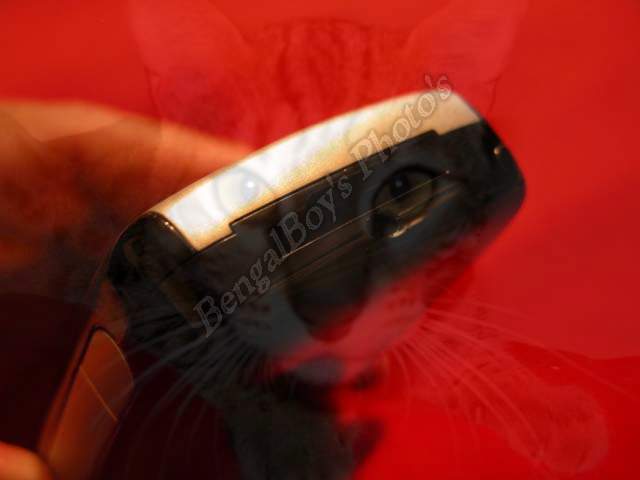
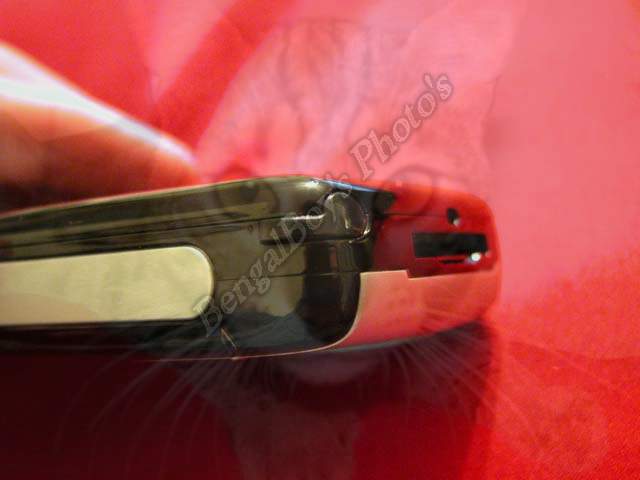
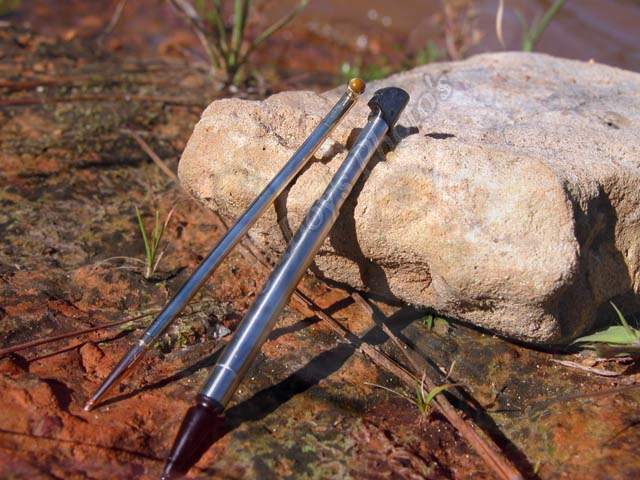



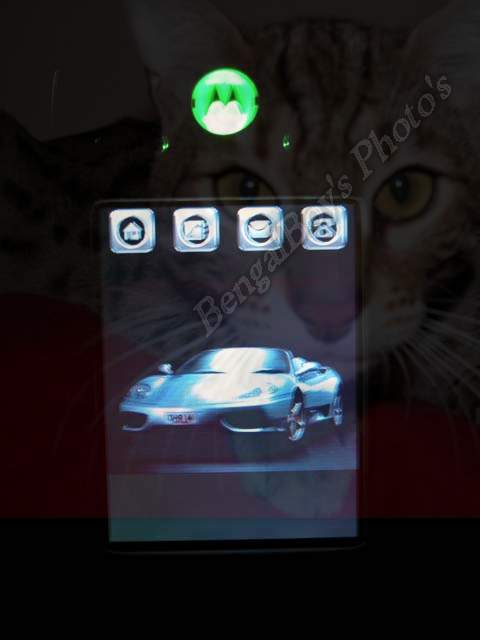
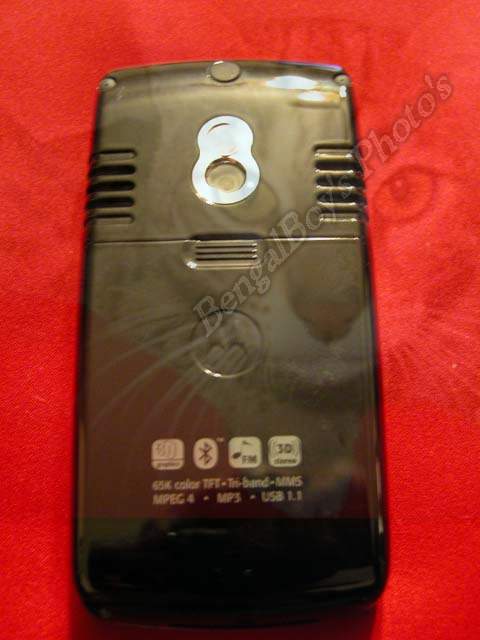
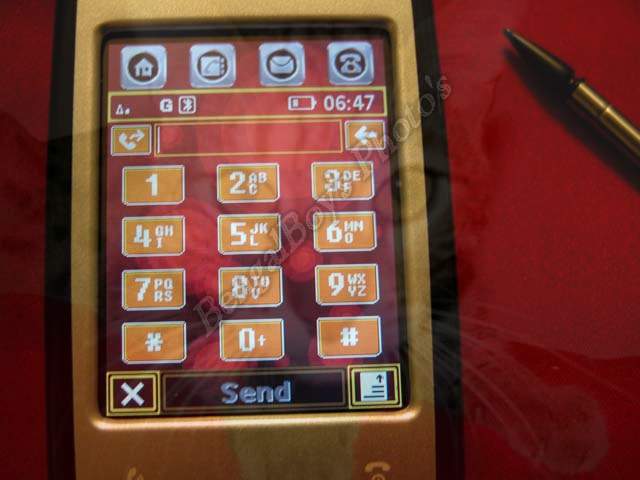
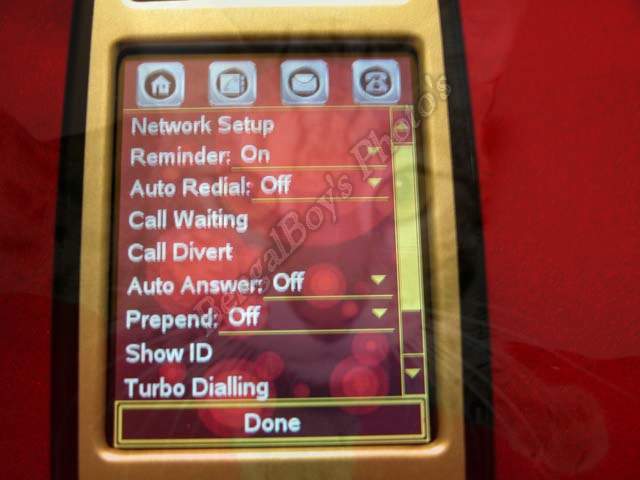

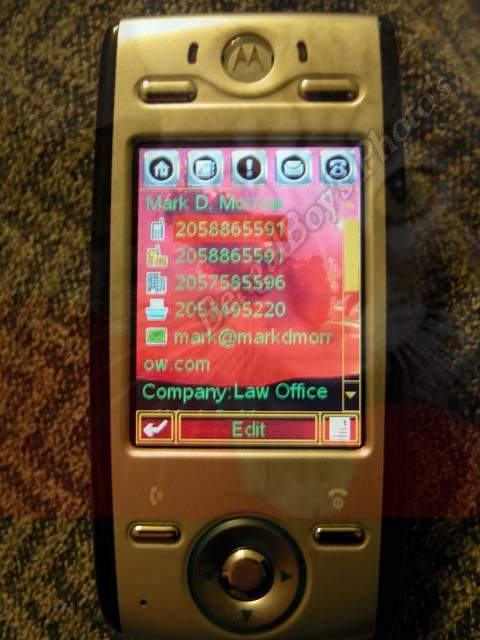
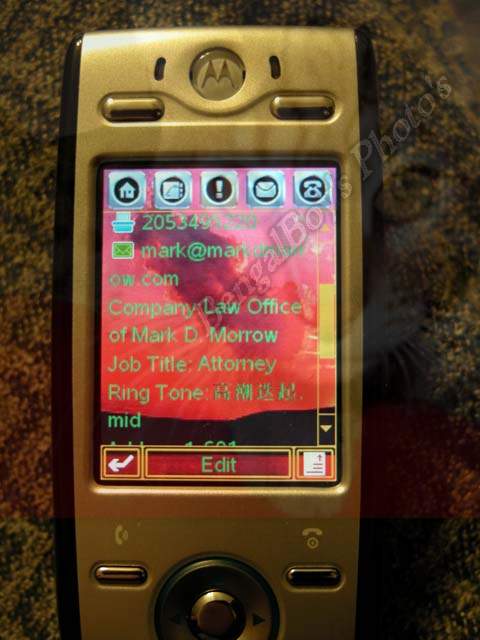
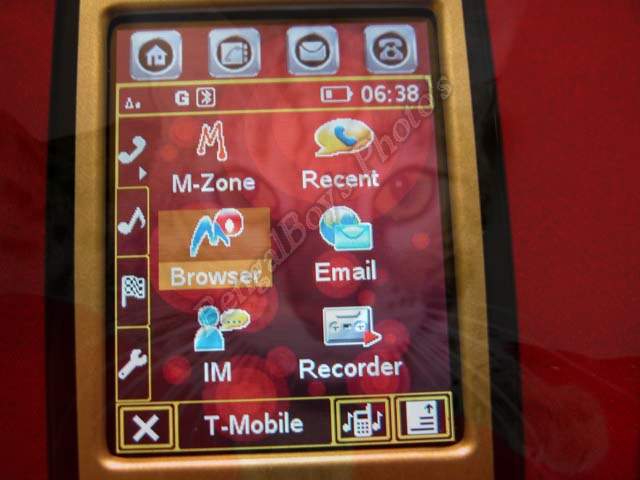

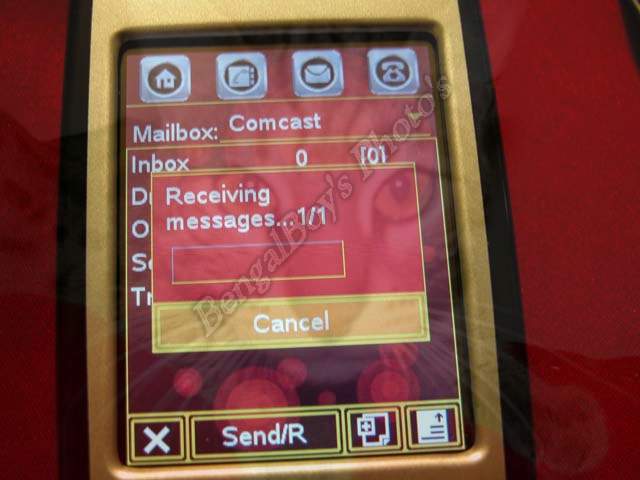
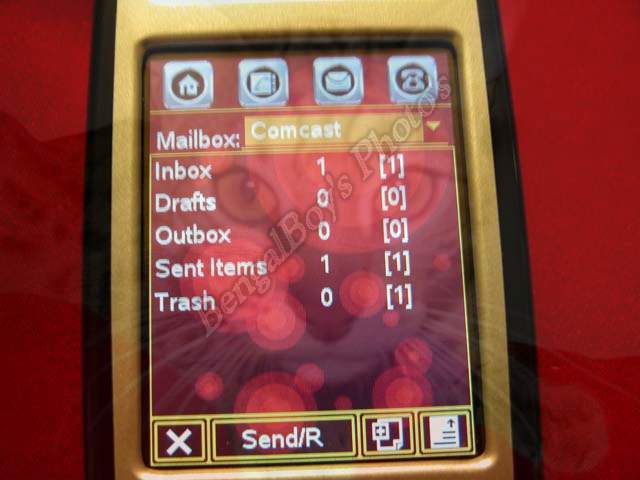
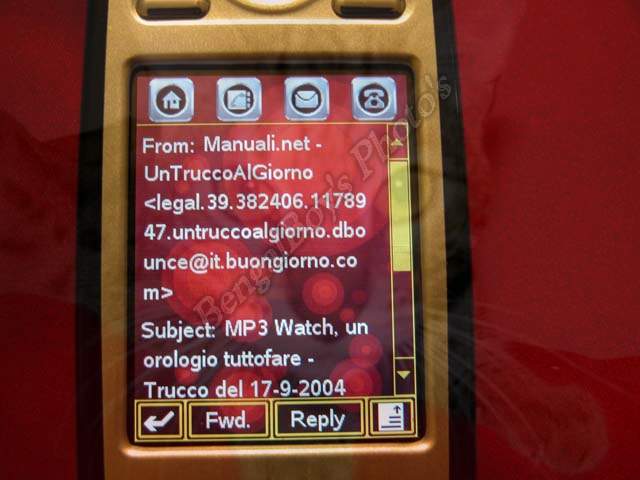
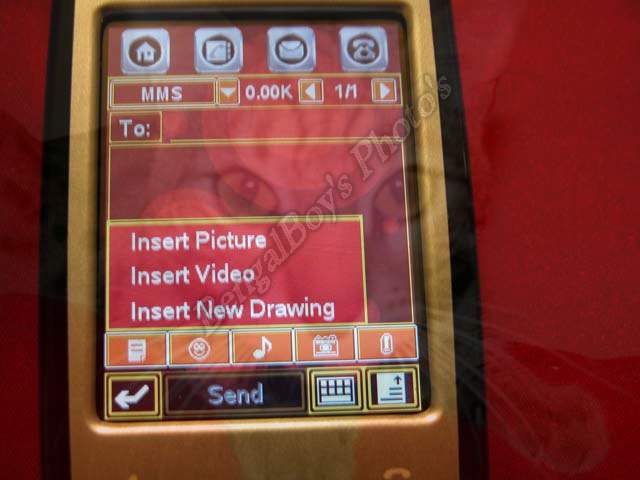
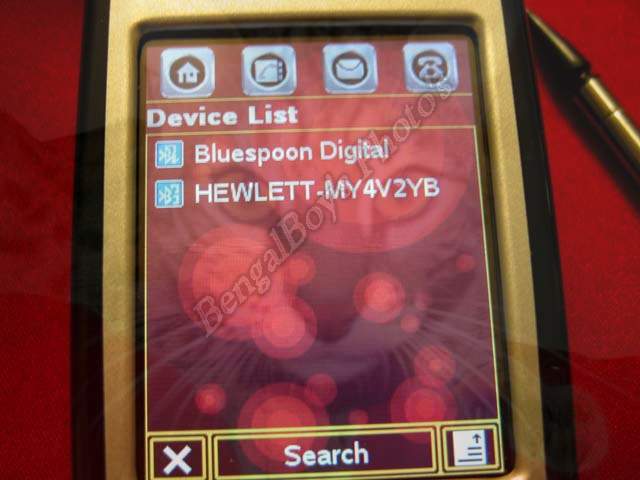
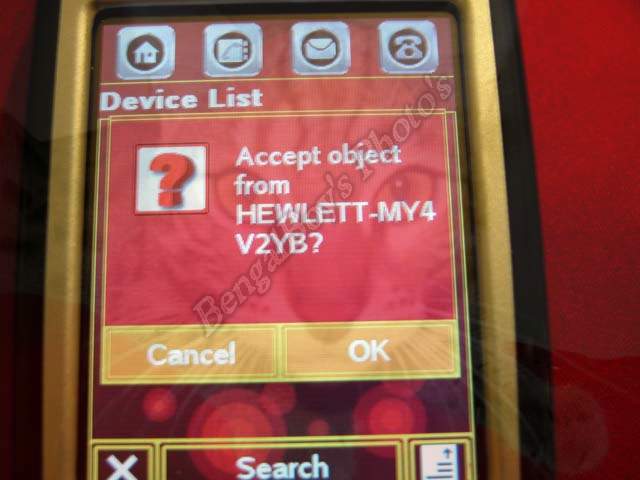

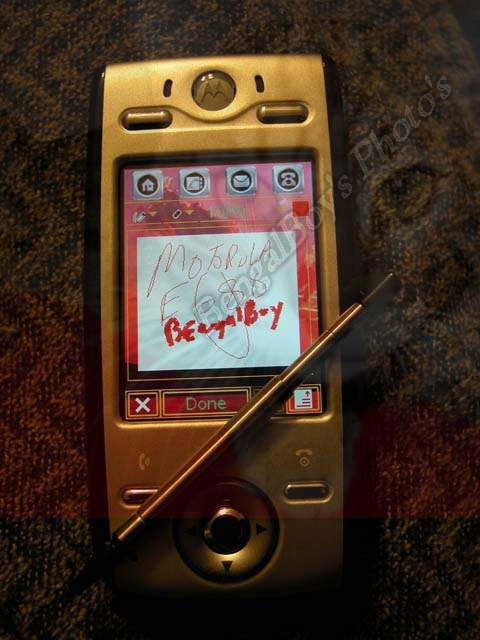

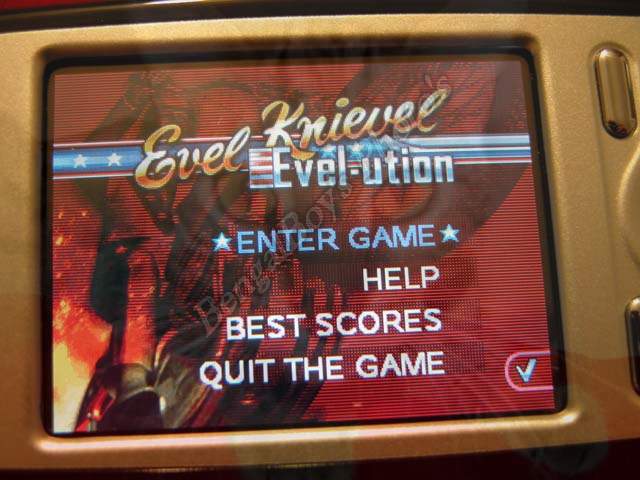
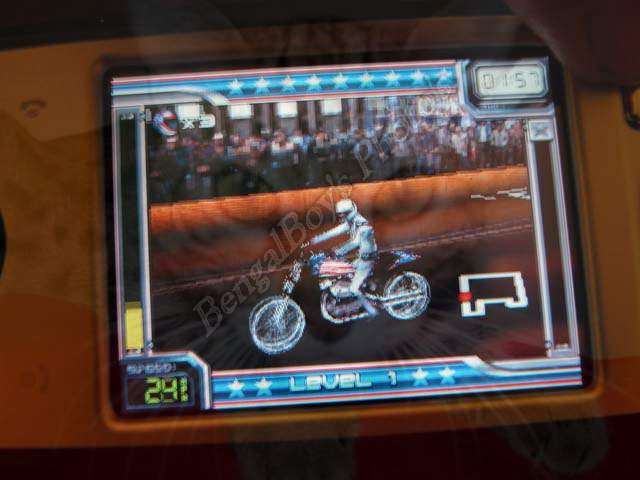
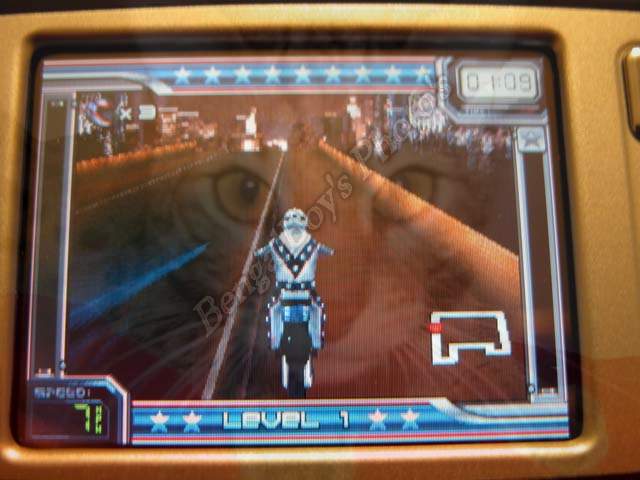
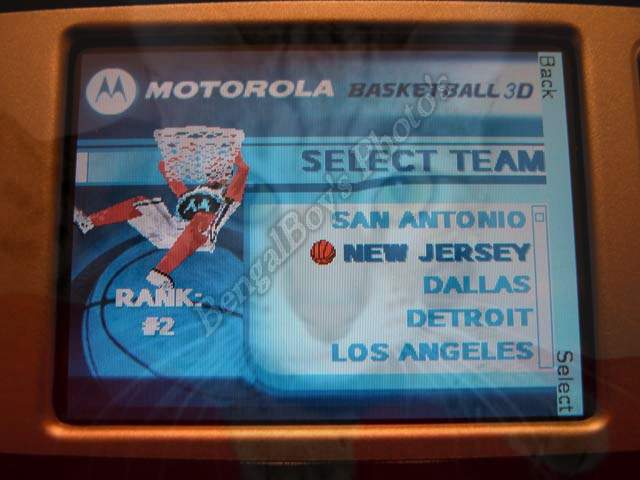
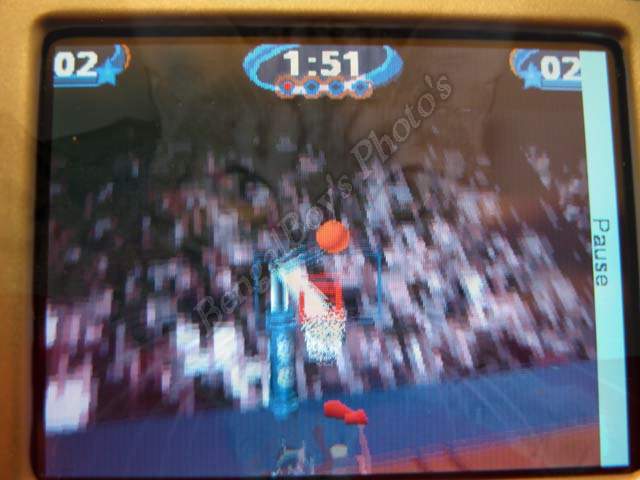
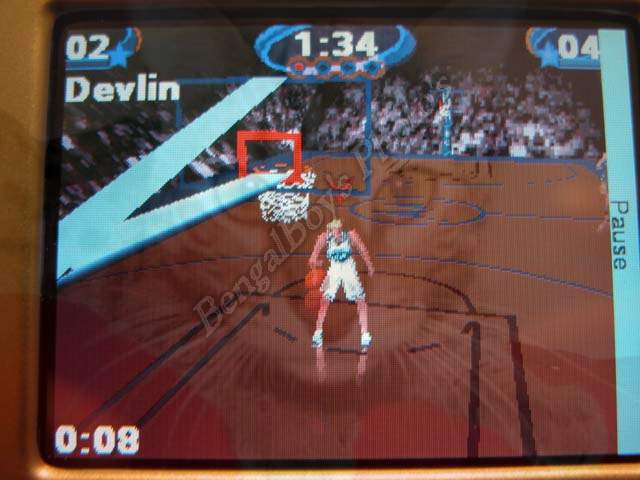
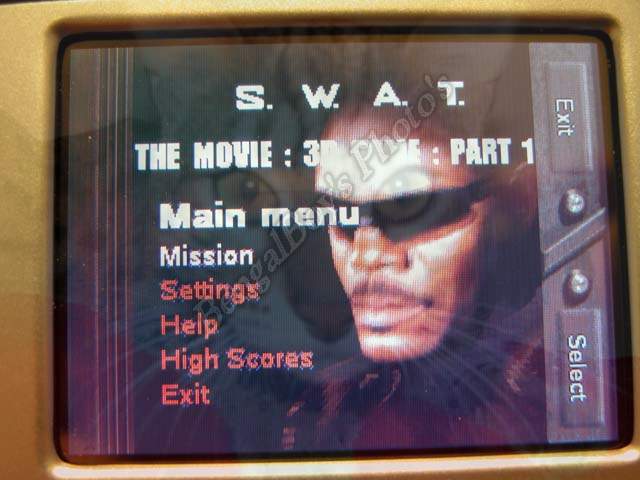

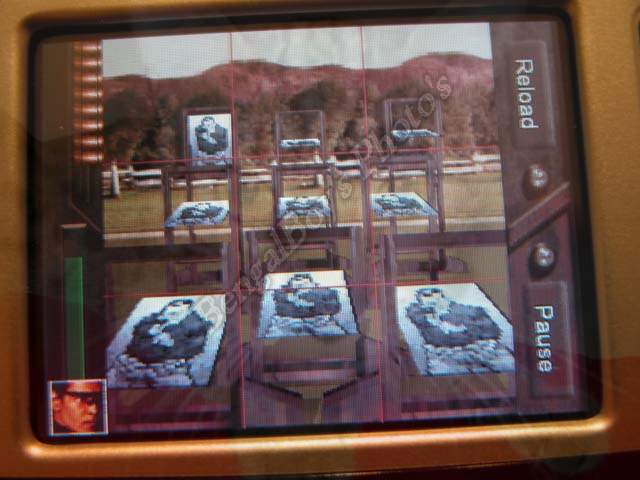
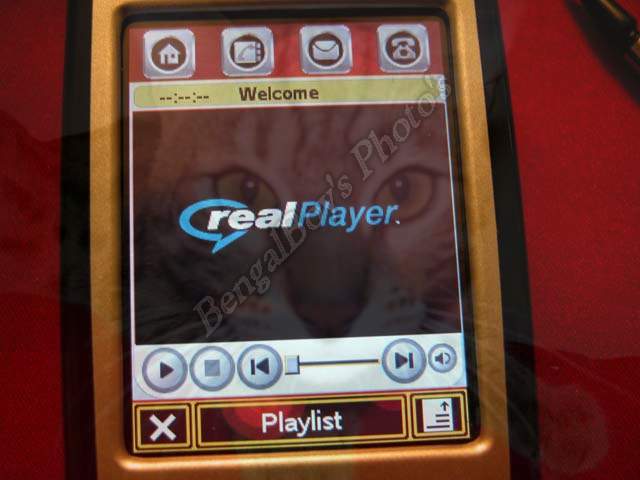
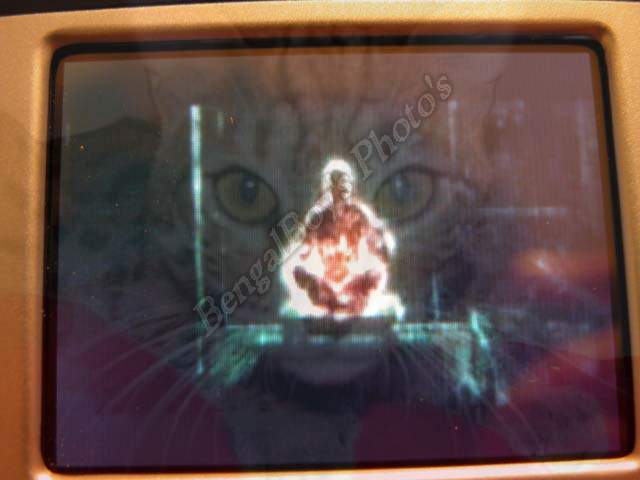
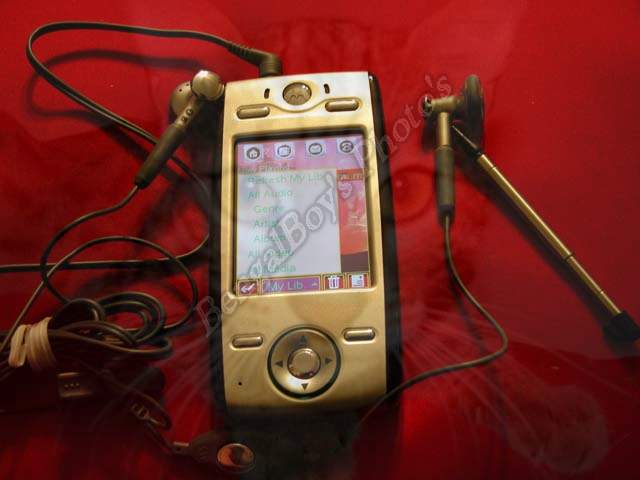
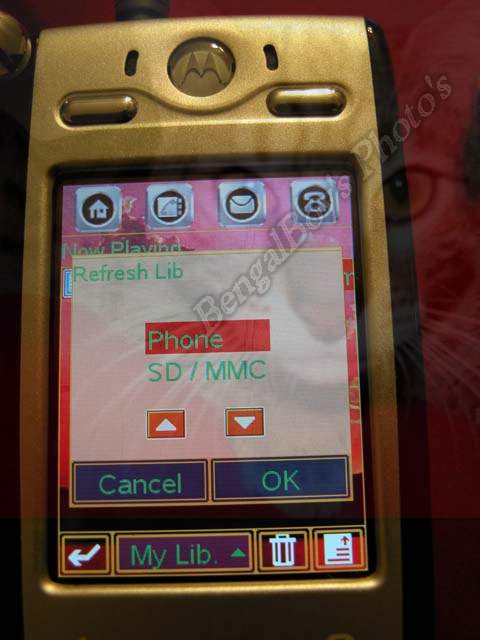
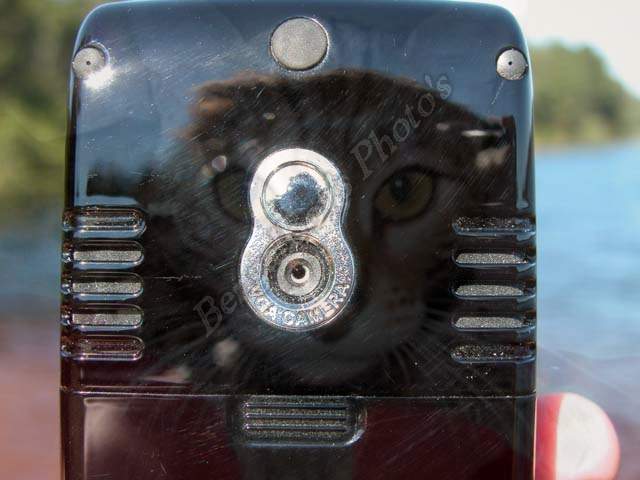




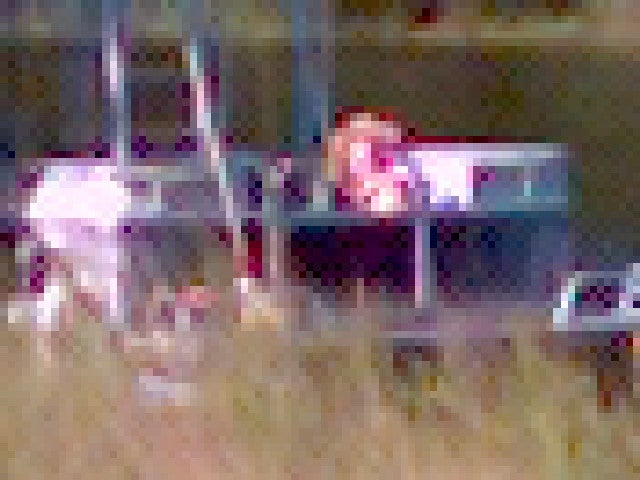
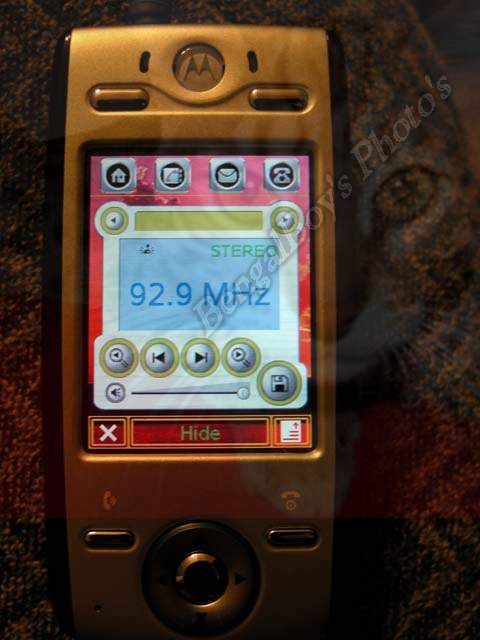
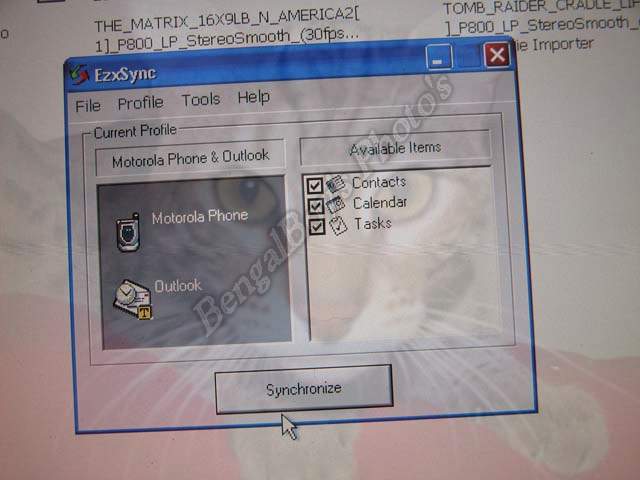
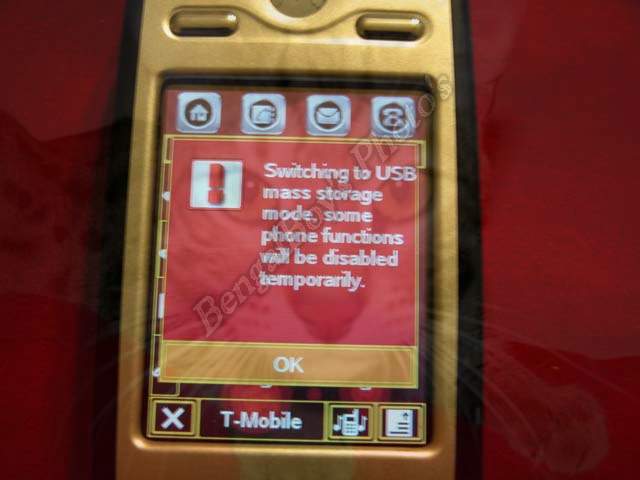




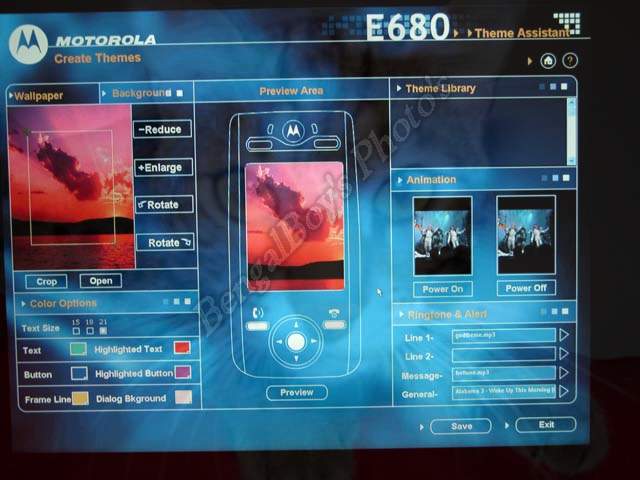
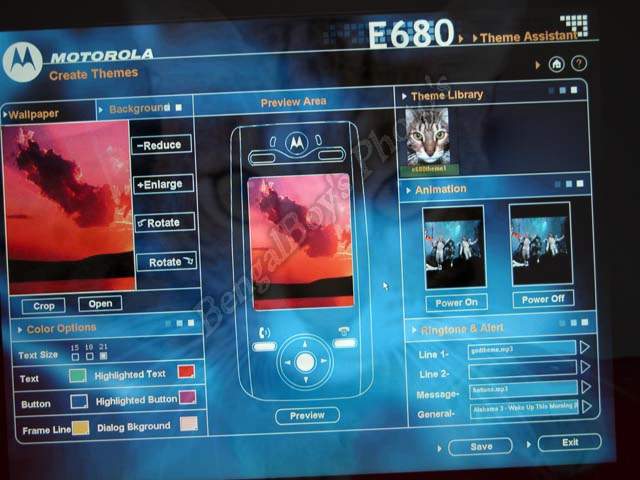
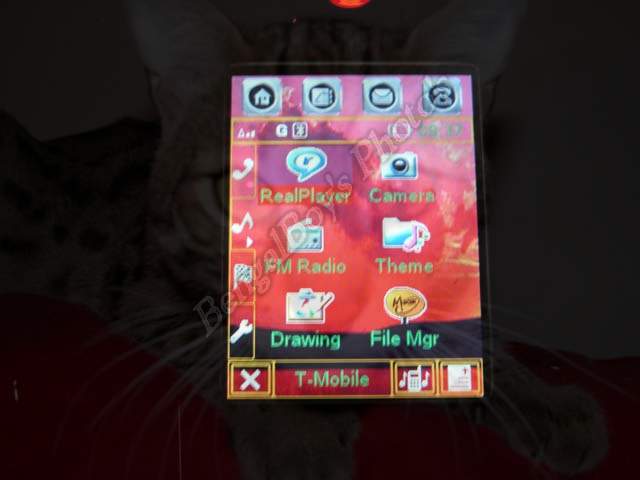
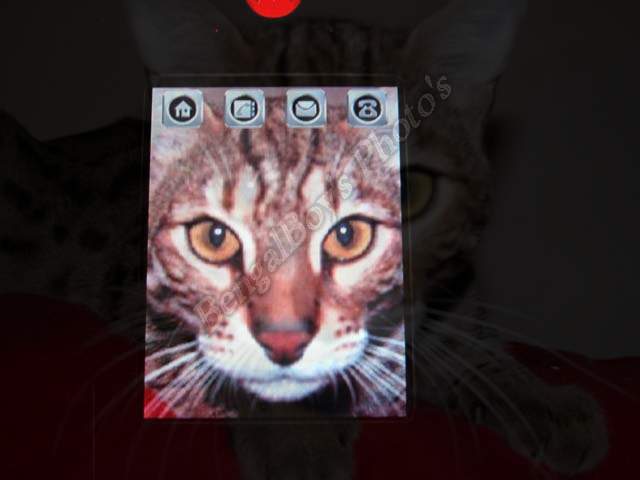
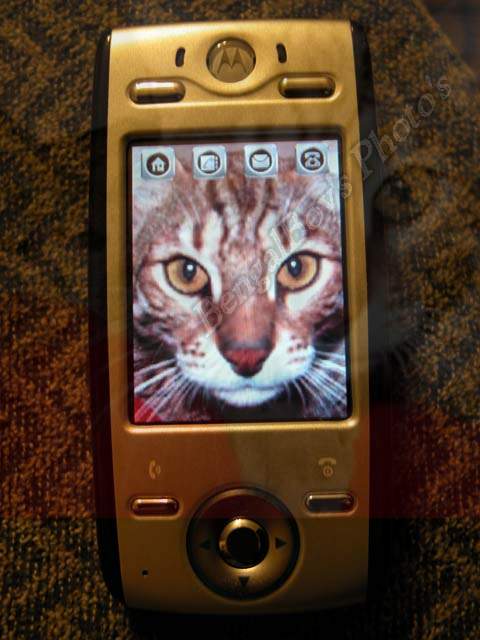
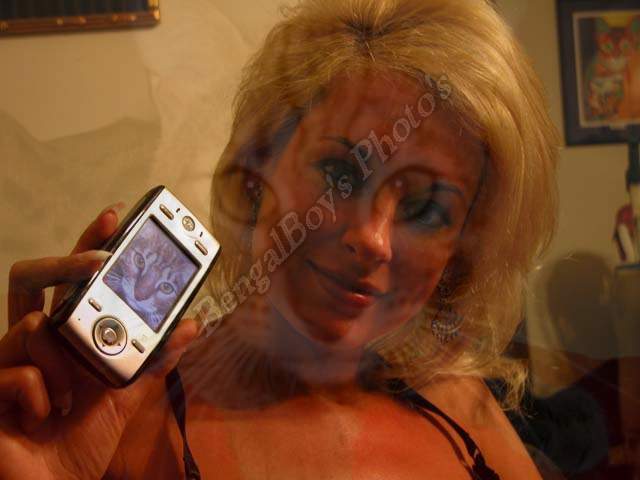





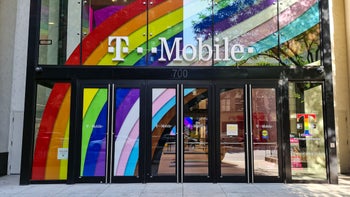





Things that are NOT allowed:
To help keep our community safe and free from spam, we apply temporary limits to newly created accounts: